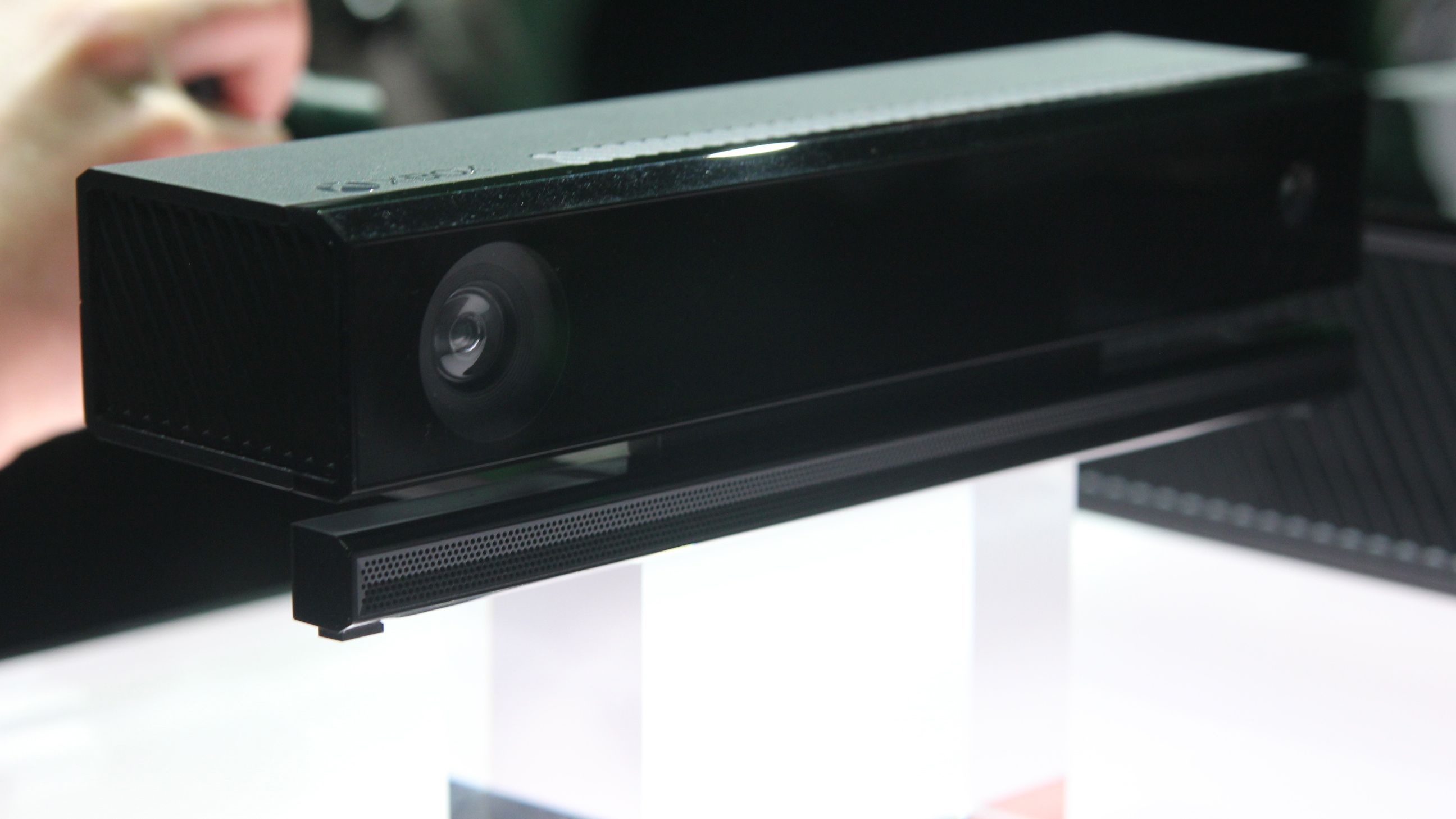Early Verdict
Pros
- +
Tracks a larger room area
- +
Gesture control is more versatile
- +
Better in uneven or no light
- +
improved video-chat
Cons
- -
Kinect must be connected to console
- -
Not built into one
- -
Gesture control still a novelty to many
- -
"Xbox, go home" voice command
Why you can trust TechRadar
For the thousands around the world who watched Microsoft's Xbox One reveal event over the Internet and on their Xbox 360 consoles earlier this week, it was about an hour filled with some fresh information on the company's forthcoming console, though it also left them with a lot of questions.
However, while the press attending the event - held in a tent on Microsoft's rainy Redmond, Wash., campus - got the same info and left with many of the same questions, we were also treated to brief tours of some of the Xbox facilities.
Among the rooms we saw were a fabrication shop where engineers 3D-printed dozens of controller models to enable a better ergonomic design for the Xbox One gamepad; a test chamber where dozens of robotic fingers pressed controller buttons repeatedly to measure the peripheral's endurance; and a severely sound-dampened audio room that puts the new Kinect's voice-command recognition through its paces.
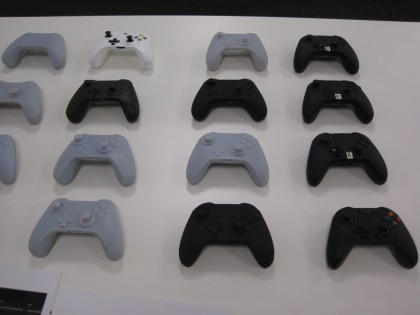
Perhaps the most interesting and illuminating - in some ways, literally - section of the tour was a room consisting of a large display, a couch and one of the new Kinect sensors. Here we were able to see for ourselves how much better this new sensor will be over the current model and how it'll improve game play, video chats and overall interaction with the system's interface.
On the face of it
The engineers told us that the new sensor will be able to scan a larger room area, enabling tracking within a virtual box that's nearly twice what the current Kinect can view.
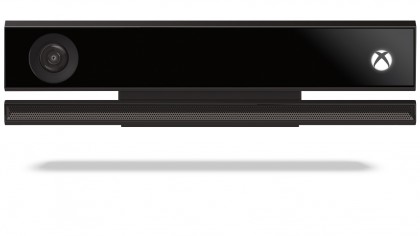
Not only will this provide quality reading of people closer and farther away from the sensor - so those with small living rooms will be able to use it - but also those farther apart laterally, so you don't have to pack everyone into a tight group directly in front of the Kinect.
It will also track up to six people (or "skeletons," as the engineer told us) as opposed to the two the current sensor can monitor.
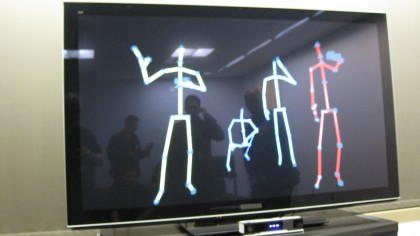
The Kinect's resolution has also been radically improved. You not only get a 1080p color camera that enables high-quality Skype video chats, but it's a 3D scanning device that is strong enough to discern buttons and folds on a shirt, as well as whether you're moving your fingers, if you're facing the sensor or not, and even your facial expression.
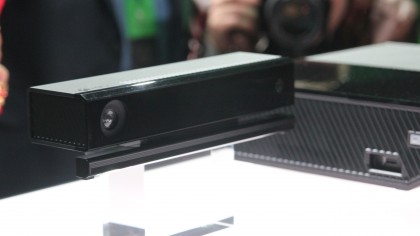
The ability to better track faces means it'll be better at determining each player's identity for signing in the proper profile and offering other personalization.
Raising your IR
Microsoft has even boosted the Kinect's infrared vision, which results in a number of dramatic improvements.
No longer will you have to play in a well and evenly lit room for the sensor to recognize your gestures, and conversely you won't end up with sunshine blooms interfering with the Kinect.
We were shown how it could still track a person's movements in a totally dark room as well as how a bright flashlight beam shone on the person wasn't even viewable by the sensor's IR mode.
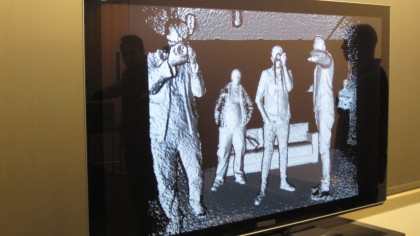
On what sounded like a science-fiction-esque promise, we were also told that the new Kinect's IR capabilities would be able to track your heart beat, by detecting the flow of blood under the surface of your face.
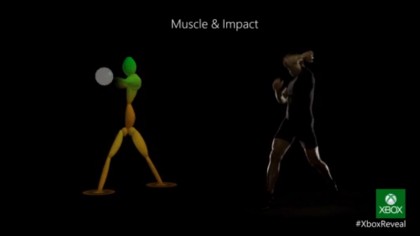
While my first thought was the inevitable tabloid headline ("Xbox Console Spots Owner's Heart Attack, Skypes 911"), the engineer stated that it would be extremely useful with exercise software to monitor the user's heartbeat, so it could offer a better workout and keep the person from under or over exertion.
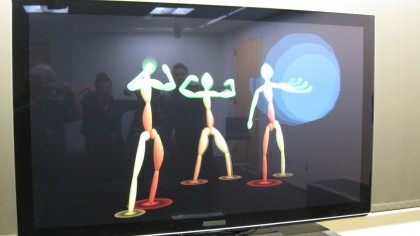
Though the proof will fully come from using the new Kinect in real-world software tests - which we're expecting to try out more at next month's E3 trade show in Los Angeles - we're hopeful that the changes will enable smoother use with the Xbox One, but also enable more people to take advantage of the voice and gesture command functionality.
More importantly, though, we're praying that the Kinect's necessity in the hardware daisy chain won't result in the console raising too many Big Brother concerns.
What is a hands on review?
Hands on reviews' are a journalist's first impressions of a piece of kit based on spending some time with it. It may be just a few moments, or a few hours. The important thing is we have been able to play with it ourselves and can give you some sense of what it's like to use, even if it's only an embryonic view. For more information, see TechRadar's Reviews Guarantee.
